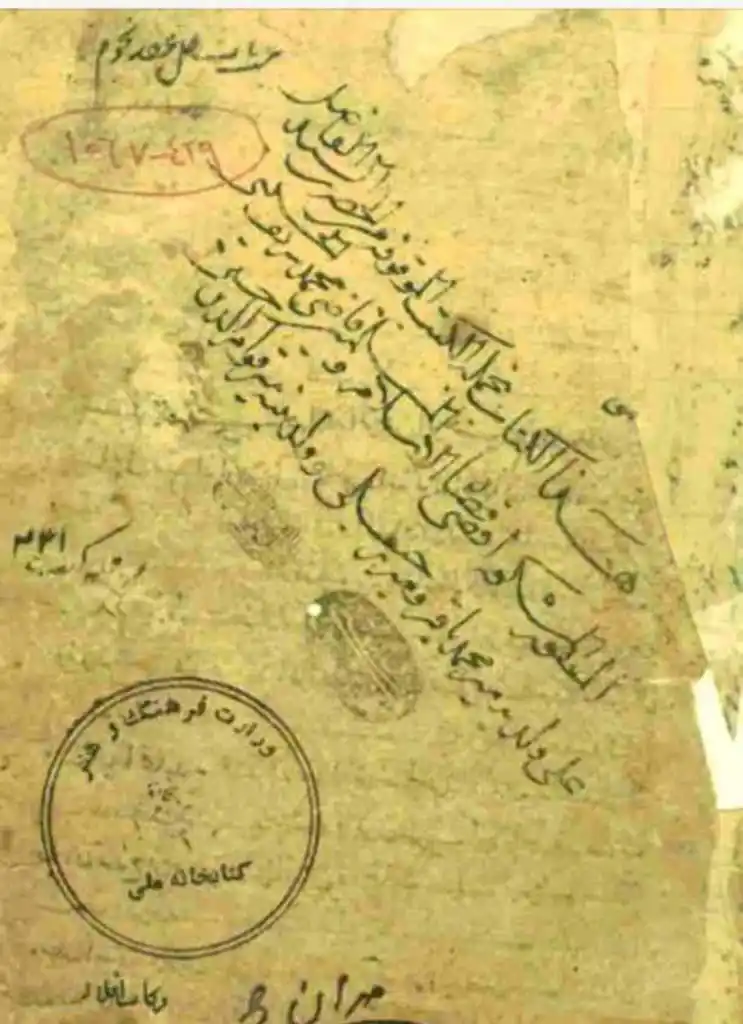منوچهر عابدی راد
محقق رشته منابع طبیعی و محقق تاریخ جنوب ایران (لارستان ) و خلیج فارس
30 یادداشت منتشر شده(انگلیسی)تاریخ خاندان سادات حسینی لاری (سعادت گراشی)

Lāri
The Saādat Gerāshi Family, also

known as SādātHosseini Lāri, is renowned as one of the prominent families in the historical region of Larestan. Our earliest records of this family date back to the 5th century AH (12th century AD). During this time, the family played a significant role in the dissemination of knowledge, extending their influence as far as Khonj, Firoozābād, and the southern coasts after establishing themselves in Homāyun Fort in Gerāsh. In the 6th century AH (12thcentury AD), one of the erudite members of this family served as the minister to the local king of Lār. Subsequently, this family gained recognition from scholars and historians for producing renowned scientific manuscripts authored by scholars and scientists over a span of 400 years. The written works of this family are now housed in numerous libraries across Iran, India, Turkey, Saudi Arabia, and the United States of America. The majority of the scholarly writings from this family pertain to the fields of astronomy, astrology, jurisprudence, and mysticism. Following the overthrow of the local kings of Lār by Shah Abbas during the Safavidera, members of this family were appointed as rulers of Lārestān. Additionally, they were entrusted with leading a segment of the Iranian army in the liberation of Qeshmand Hormuz, successfully expelling the Portuguese colonists from these islands. Following the massacre of the family of Imam Qolikhān, the ruler of Fars, by Shah Safi in 1042 AH (1632 AD), some members of the family of Sādāt Hosseini Lāri fled from the city of Lār and resettled in Gerāsh, while others relocated to different areas due to their close ties with Imam Qalikhān and concerns about their safety in Lār. To properly introduce this renowned family, gather additional information about them, and compile their manuscripts, a comprehensive approach involving the review of pertinent historical documents, genetic analysis, technical studies, and implementation of a two-year research project comprising field and documentary studies, as well as laboratory observations is necessary.
Manouchehr Ābedi Rād
13th of November, 2023
1